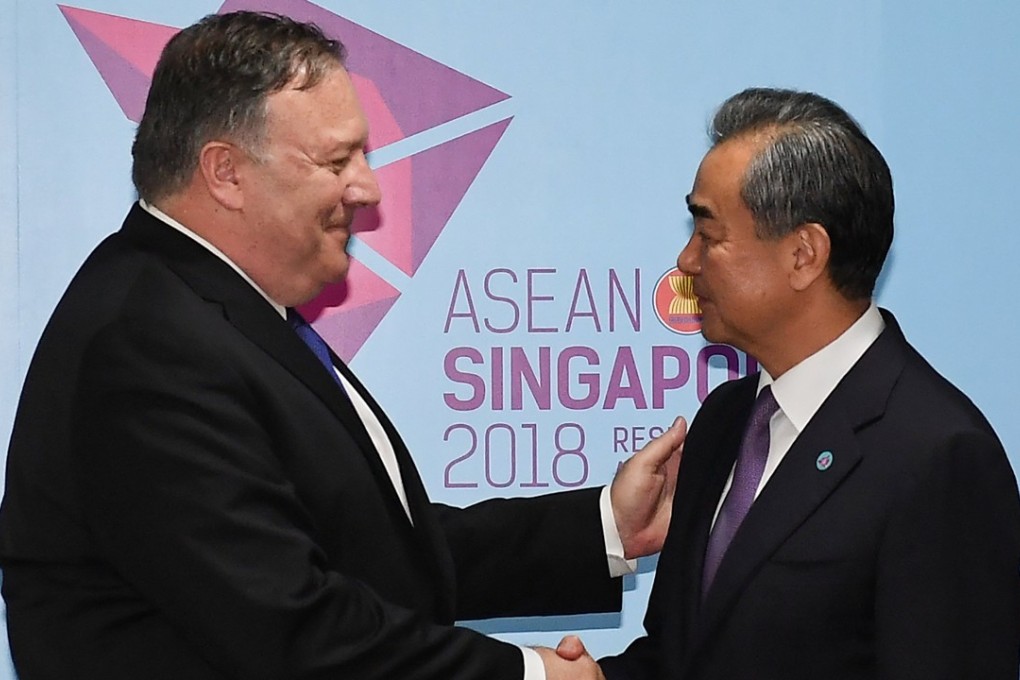Opinion | China scores with Asean play as Trump’s America loses its way in South China Sea
US’ paltry down payment on its Indo-Pacific strategy is only matched by its faltering security commitment to Southeast Asia

On March 12, 1947, as the spectre of Soviet communism loomed over the horizon of newly liberated Europe, President Harry Truman vowed that it would be the policy of the United States to “support free people who are resisting subjugation by armed minorities or by outside pressure”. Three months after enunciating the Truman Doctrine, his secretary of state, George Marshall, launched a US$13.5 billion Economic Recovery Plan, better known as the Marshall Plan, to rebuild and revitalise war-torn Europe. The plan’s commitment totalled more than 5 per cent of the US’ 1948 GDP – about a trillion dollars in today’s value.
Forget the chatter, Asean-China relations are actually stable
The administration’s puny down payment towards its “Free and Open Indo-Pacific Strategy” is as short-sighted as it was predictable. The die was cast last December when Trump announced that his administration would promote an alternative development model that “shifts from a reliance on assistance based on aid and grants to approaches that attract private capital and catalyse private sector activity”.

If private markets worked anywhere as well as Trump imagined, the Indo-Pacific region would not be the many trillion dollars short of infrastructure financing as it is today – a point acknowledged by his secretary of state in his otherwise lamentable address on July 30th. Pompeo would have been better off directing the administration’s funds to the Asia Infrastructure Investment Bank’s (AIIB) “special funds mechanism”, whereby external funds potentially can be managed by the institution, channelled into infrastructure projects, catalyse private money, yet is held separately from the institution’s shareholder equity.
Of course, an American contribution to the AIIB is not about to happen any time soon. The AIIB already boasts a lending portfolio that outstrips that of the US’ Overseas Private Investment Corporation (OPIC) and Millennium Challenge Corporation, individually, in the Indo-Pacific – despite having been in existence for a mere two-and-a-half years. Its multilaterally managed lending capacity will far outstrip anything that this or future US administrations have to offer.
The stunted economic vision of the “Free and Open Indo-Pacific Strategy” is matched by the irresolution of the Trump administration’s security commitment to its allied and non-allied defence partners in Southeast Asia.

